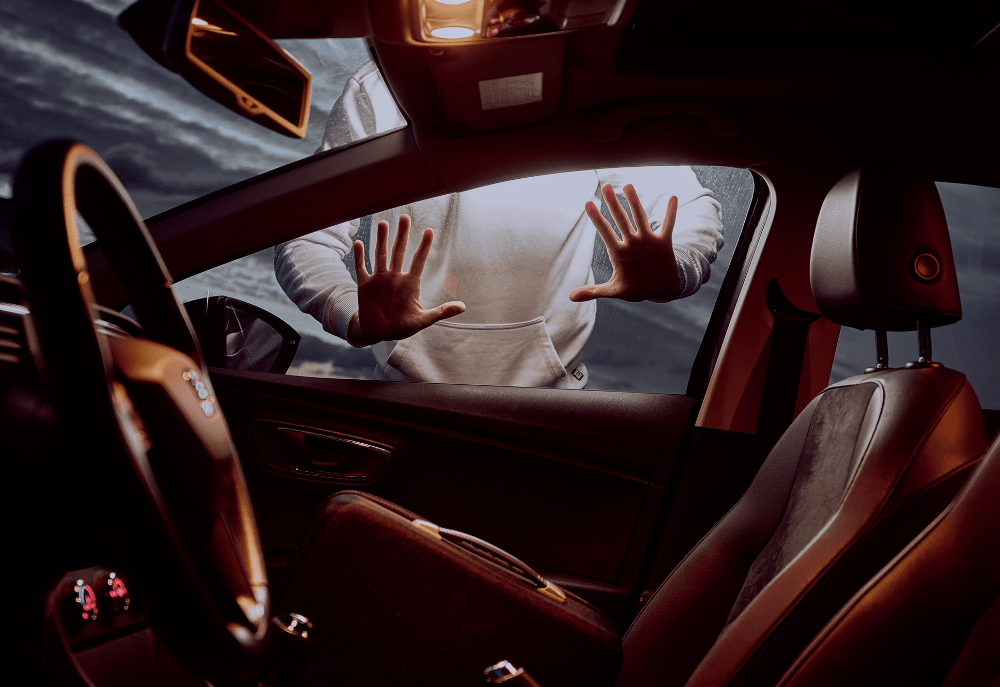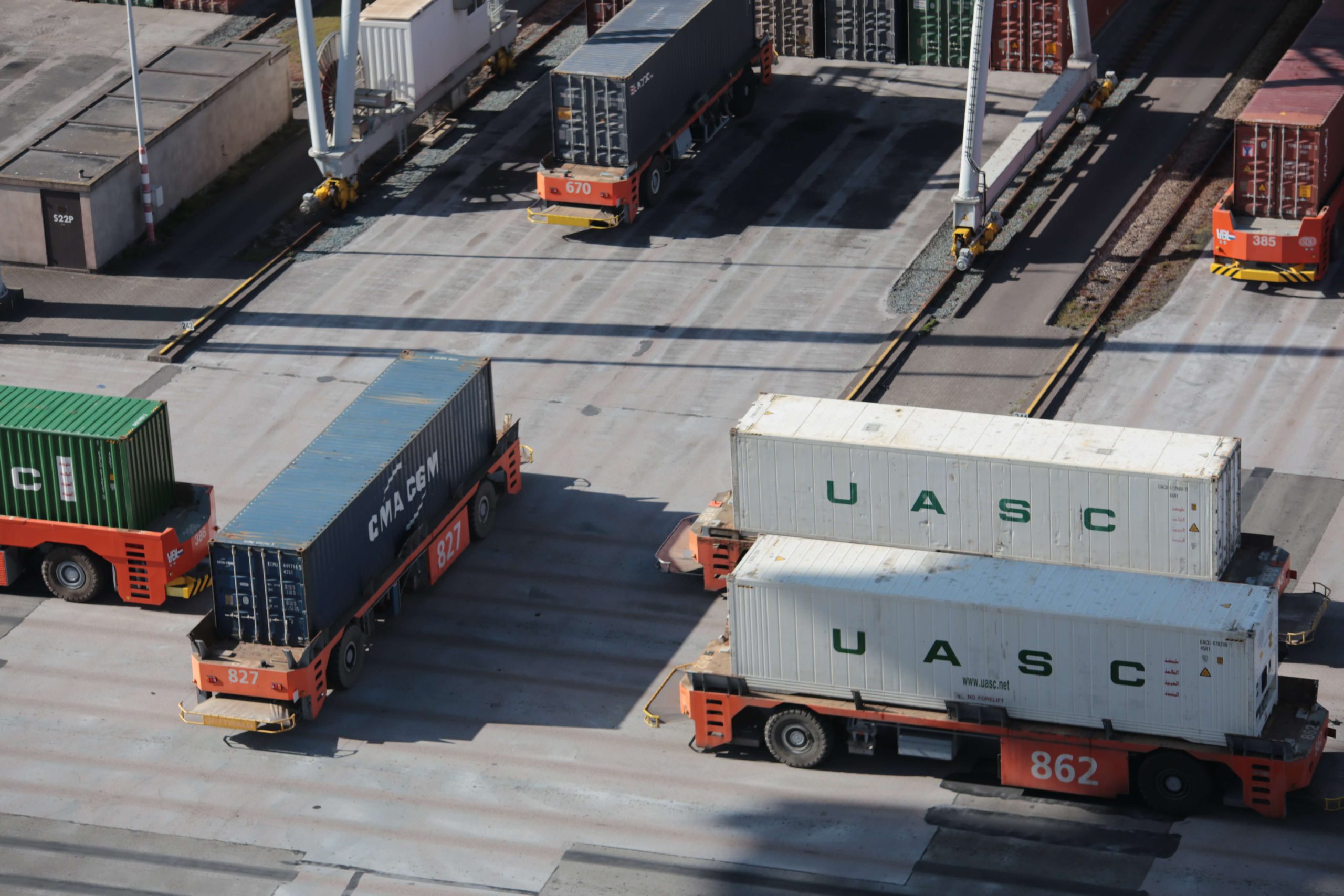




Major cities around the world are taking a stand to end the toll of deaths and injury seen on their roads and transport networks. They are committing to Vision Zero and regulations like the Driver Vision Standard (DVS).

From October 2020, all heavy goods vehicles (HGVs) over twelve tons operating in Greater London will need to abide by new Driver Vision Standard (DVS). This is designed to stop deaths caused by lorry blind spots. Like most regulations, it is slightly complicated by exemptions. However, rules will be rigorously enforced whenever vehicles enter the capital. Whilst these regulations are designed for London now, you can expect them to be rolled out across the country.
Operators should not wait until the last minute to make vehicles compliant. Acting now is in the interests of the whole industry and not just for vehicles London bound or based. Every HGV operator in the country should invest a relatively small amount in maximizing the safety of their fleet – and then promote the fact that they have done so.
Fleet operators everywhere can look upon DVS compliance as an investment in both safety and marketing. Being at the top end of the safety ladder is good for business, something to shout about and simply sound business practice.
All qualifying HGV’s operators must apply for a free star rating for each vehicle in the fleet. This will need to be done prior to operating in Greater London after 26 October 2020. Enforcement will commence immediately on that date. New vehicles will likely have a rating from the manufacturer although operators will still need to apply for the permit.
All fleet operators must apply through the Transport for London (TfL) website. Operators will enter vehicle details and add pictures of any post-manufacture safety equipment added to comply with the regulations. TfL will issue a star rating. If the rating is zero then the operator will have to upgrade the vehicle to comply before the deadline. If rated 1 then it is good to go until 2024 when the minimum rating increases to 3. TfL will issue a 10-year permit for companies with a 5-star rating.
DVS compliant equipment includes vehicle safety cameras, front and sideview mirrors and audible sirens. These tools alert pedestrians and cyclists that the vehicle is planning to turn. Side safety barriers stop cyclists or people from going under the side of the vehicle. Digital Video Recorder (DVR) cameras are a requirement and they must also be multi-camera systems. They must come with in-cab monitors fitted in approved areas to maximise usage whilst minimizing distraction for the driver. Side bar protection is another professional install but the mirrors can probably be sourced and self-mounted, as can safety stickers.
Act now.
Whilst there is no approved suppliers list from Transport for London, many companies exist in the market to help. Equipment prices range in the market. They don’t cost a fortune, but they require professional fitting. A lot of companies cover many or all of the required technology. They can sometimes also install anywhere in the country.
While the regulations currently only apply to the capital, operating safely everywhere is part of the role of every fleet operator. So why not install ahead of the curve and slash your company accident statistics to zero now, wherever you are based.
The Mayor of London’s Vision Zero is a strong idea. The elimination of HGV blind spots to save lives is well overdue when technology has been available for some time to achieve this.
As a fleet management operator specialising in bespoke vehicle tracking and camera solutions, Simplytrak have been working with the freight industry for many years.
Given the unprecedented circumstances we all find ourselves in with the Coronavirus pandemic, it has become even harder for fleets to operate. TfL are currently reviewing the enforcement start of the new rules. However, one thing is sure and that’s that the DVS will come. And not being prepared will cost you.
We know there is a lot to think about when installing aftermarket equipment on mixed fleets in particular. Avoid last-minute hassle and please reach out to our experts for free advice now.
Get in touch today by calling 01430 879197 or emailing enquiries@simplytrak.com.



